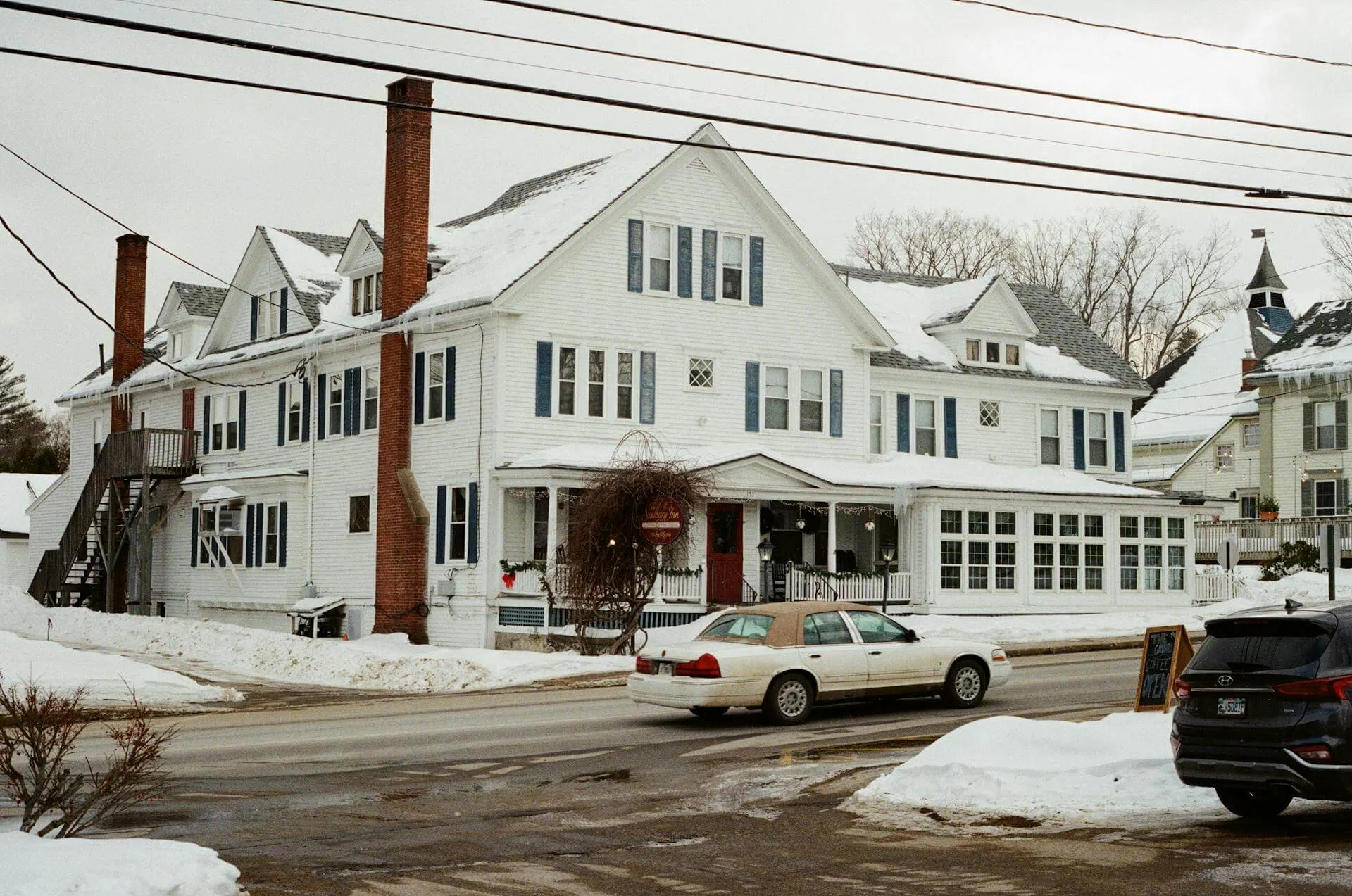
Florida Window Tint Laws [Updated 2025]
Complete Guide to Window Tinting Regulations in Florida
Quick Facts
Law Established
Enacted: 1991
Medical Exemptions
Allows medical exemptions for special tint. Refer to local regulations for details.
Window Tint Requirements By Vehicle Type
Sedans
Windshield:
Non-reflective tint can be applied above the manufacturer's AS-1 line.
Reflection: Reflectivity needs to not exceed 25%.
Front Side Windows:
Must have a VLT of at least 28%.
Reflection: Reflectivity needs to not exceed 25%.
Back Side Windows:
Must have a VLT of at least 15%.
Reflection: Reflectivity needs to not exceed 35%.
Rear Window:
Must have a VLT of at least 15%.
Reflection: Reflectivity needs to not exceed 35%.
SUVs & Vans
Windshield:
Non-reflective tint can be applied above the manufacturer's AS-1 line.
Reflection: Reflectivity needs to not exceed 25%.
Front Side Windows:
Must have a VLT of at least 28%.
Reflection: Reflectivity needs to not exceed 25%.
Back Side Windows:
Must have a VLT of at least 6%.
Reflection: Reflectivity needs to not exceed 35%.
Rear Window:
Must have a VLT of at least 6%.
Reflection: Reflectivity needs to not exceed 35%.
Additional Requirements
Side Mirrors
Dual side mirrors required case any back windows are tinted.
Restricted Colors
Any colored tint banned.
Certification Requirements
Film manufacturers not required to certify the film sold.
Certification Stickers
A label to identify legal tint required between the film and glass on each tinted window.
Official Resources
Local Law Guidelines
Medical Exemption References
Expert Window Tinting Resources

Common Myths About Car Tint Laws: What You Need to Know
Discover the truth behind common car window tinting myths. Learn about state regulations, legal tint levels, and what's actually allowed for your vehicle.

How to Obtain a Window Tint Prescription
Learn about medical exemptions for window tinting, qualifying conditions, and the step-by-step process to obtain a prescription. Complete guide to tint exemptions.

How to Avoid Getting a Tint Ticket
Learn about window tinting laws, state-specific regulations, and practical tips to avoid tint tickets. Expert guide on VLT requirements and compliance.
Explore Other State Laws
Frequently Asked Questions
Find Local Window Tinting Services in Florida
Discover certified window tinting professionals in Florida who stay up-to-date with local regulations and provide compliant installation services.



